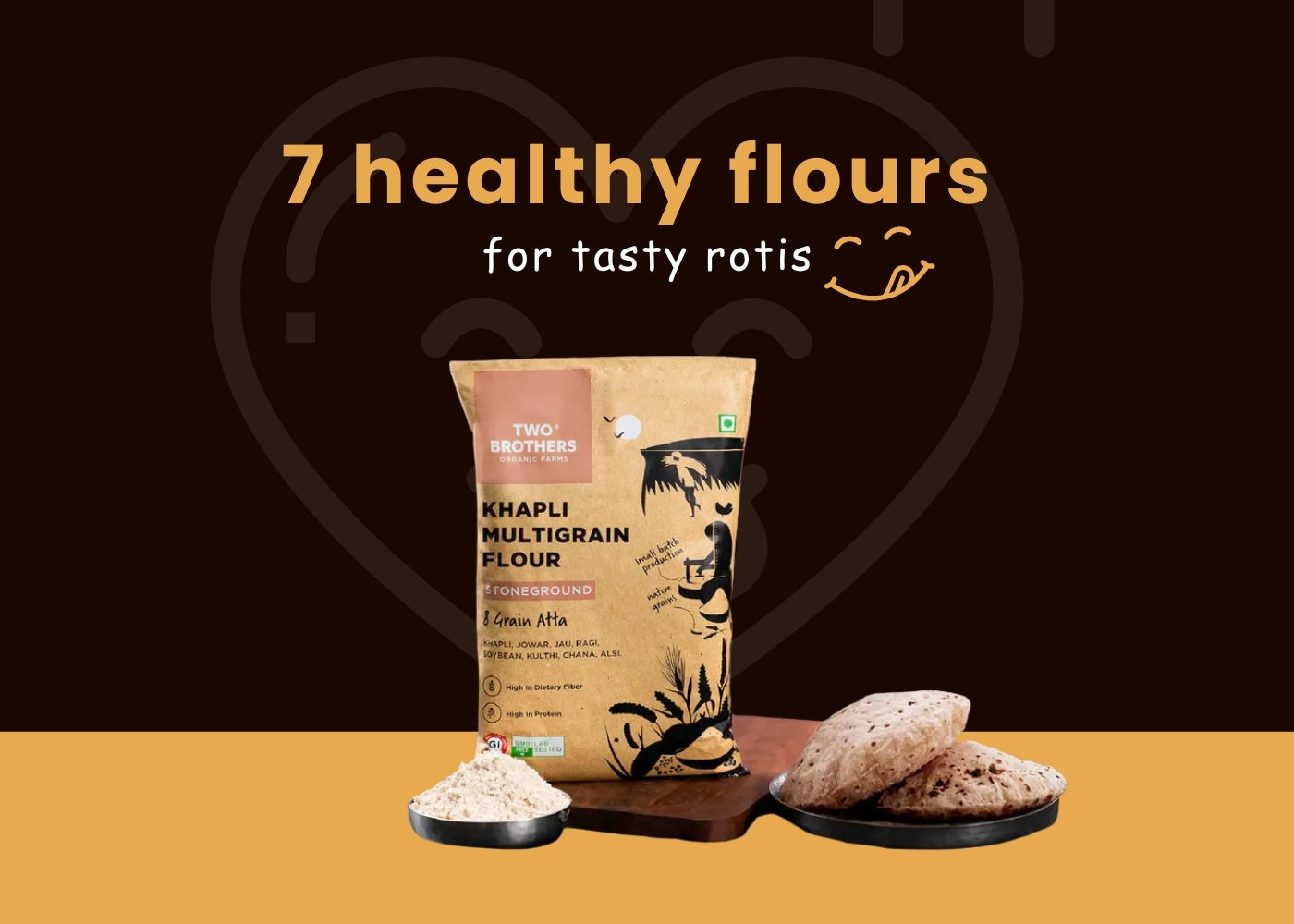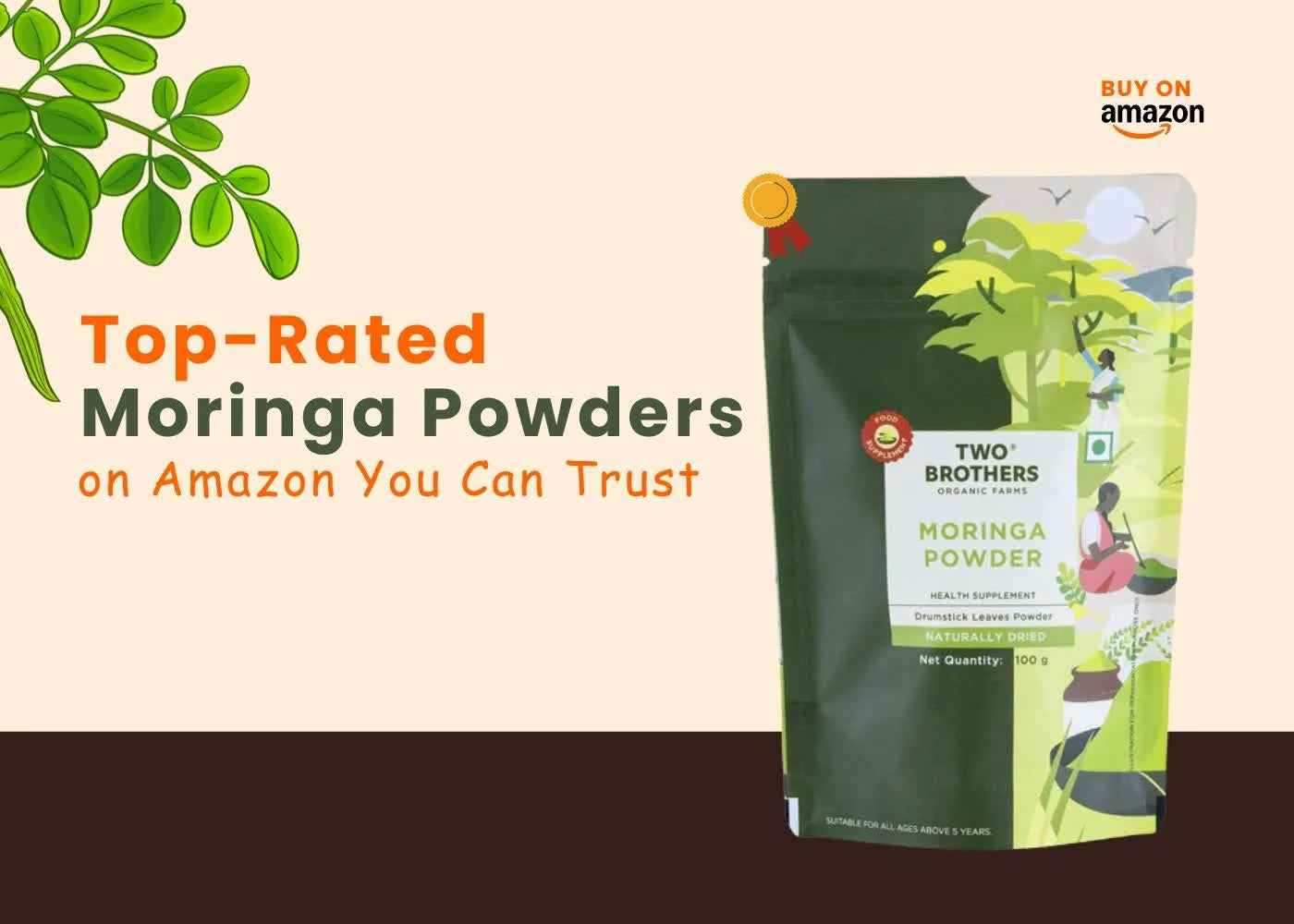Ever brought home a jar of "pure" A2 ghee, only to wonder if what's inside matches what's promised on the label? You're not alone. With the growing demand for authentic A2 Gir cow ghee in the USA, the market has become flooded with products that may not live up to their claims. The good news? You don't need a laboratory to test pure ghee authenticity; your kitchen has everything you need.
In this guide, we'll walk you through practical, tried-and-tested methods to verify if your A2 ghee is the real deal. Whether you're a health-conscious parent, a fitness enthusiast, or someone committed to clean eating, these simple home tests will help you make informed choices about the ghee you consume.
Why Testing Your A2 Ghee at Home Matters
The unfortunate reality is that ghee adulteration is widespread. To increase profit margins, some manufacturers mix ghee with:
- Vegetable oils (like palm or coconut oil)
- Vanaspati (hydrogenated vegetable fat)
- Starch or mashed potatoes (to increase volume)
- Animal fats from other sources
- Synthetic colors and flavors
Consuming adulterated ghee doesn't just mean missing out on health benefits; it can actually harm your health. Hydrogenated fats contain trans fats linked to heart disease, while synthetic additives may trigger allergic reactions or digestive issues.
Learning how to test pure A2 cow ghee at home empowers you to protect your family's health and get the value you're paying for.
Methods to Check A2 Ghee Authenticity at Home
Method 1: The Melting and Aroma Test
What you need: A pan, medium heat, and your senses
How to do it:
- Place a teaspoon of ghee in a clean pan
- Heat on medium flame
- Observe how it melts and smells
Pure A2 ghee results:
- Melts almost immediately
- Turns a rich golden-brown to dark brown color
- Releases a pleasant, nutty, milky aroma
- Little to no smoke or foam
Adulterated ghee results:
- Takes longer to melt
- May turn light yellow instead of brown
- Produces excessive foam or bubbling
- Gives off a burnt, chemical, or off-putting smell
Pure A2 ghee has a low melting point and characteristic aromatic compounds from milk fats. Additives change both the melting behavior and scent profile.
Method 2: The Palm Melt Test
What you need: Just your palm
How to do it:
- Place a small amount of ghee on your palm
- Wait and observe for a few moments
Pure A2 ghee results:
- Begins melting within seconds
- Spreads easily due to body heat
- Feels smooth and not waxy
Adulterated ghee results:
- Remains solid or semi-solid
- Takes significantly longer to melt
- May feel waxy or sticky
Authentic A2 ghee has a melting point around 90°F - 98°F (32°C -37°C), close to body temperature. Adulterants typically have higher melting points.
Method 3: The Cooling and Layering Test
What you need: A transparent glass bowl, a refrigerator
How to do it:
- Melt a tablespoon of ghee completely in a glass bowl
- Place it in the refrigerator for 2-3 hours
- Examine the solidified ghee carefully
Pure A2 ghee results:
- Forms a uniform, single-layer consistency
- Has a slightly grainy texture throughout
- Color remains consistent from top to bottom
Adulterated ghee results:
- Shows distinct, separate layers
- Oily separation is visible at the top or bottom
- Different colors or textures in different layers
Different fats solidify at different temperatures and rates. When multiple fats are present, they separate into visible layers as they cool.
What Makes A2 Gir Cow Ghee Different?
Before diving into testing methods, let's understand what sets A2 ghee apart. A2 ghee comes from the milk of indigenous Gir cows that produce only the A2 beta-casein protein. Unlike regular ghee made from A1 milk (found in most commercial dairy), A2 ghee is easier to digest and doesn't contain the potentially problematic A1 protein that some research suggests may cause digestive discomfort.
Authentic A2 Gir cow ghee is traditionally prepared using the bilona method, a time-honored process where curd is hand-churned to extract butter, which is then slowly heated to create ghee. This traditional approach preserves nutrients, enzymes, and that distinctive grainy texture that signals purity.
When you choose genuine A2 ghee, you're getting a product rich in fat-soluble vitamins (A, D, E, and K), butyrate for gut health, and conjugated linoleic acid (CLA) with potential anti-inflammatory properties. But only if it's authentic.
The Health Impact: Why Purity Matters
Consuming authentic A2 ghee offers numerous health benefits backed by both traditional wisdom and modern research. Pure A2 ghee supports:
- Digestive health: Butyrate feeds beneficial gut bacteria
- Nutrient absorption: Fat-soluble vitamins enhance nutrient uptake
- Inflammation reduction: CLA and omega-3 fatty acids provide anti-inflammatory support
- Lactose-free goodness: Perfect for those with dairy sensitivities
- Stable cooking fat: High smoke point (450°F) makes it ideal for high-heat cooking
However, these benefits only come from pure, unadulterated ghee. Adulterated versions may contain trans fats, oxidized oils, and synthetic additives that work against your health goals.
For more insights on incorporating A2 ghee into your healthy lifestyle, check out this comprehensive A2 ghee guide that covers everything from benefits to selection tips.
Using A2 Ghee in Your Kitchen
Once you've verified your ghee's authenticity, here are some delicious ways to use it:
For cooking:
- Sautéing vegetables (ghee's high smoke point prevents oxidation)
- Roasting meats and fish
- Making scrambled eggs or omelets
- As a butter substitute in any recipe
For baking:
- Enhances flavor in cookies, cakes, and pastries
- Creates flakier pie crusts
- Works beautifully in dairy-free baking (learn more about ghee vs butter in baking)
Traditional uses:
- Stirred into warm milk before bed
- Drizzled over rice, dal, or vegetables
- Mixed into morning oatmeal or smoothies
- Used in Ayurvedic self-care practices
How to Store A2 Ghee for Maximum Freshness
Proper storage maintains your ghee's quality:
- Store in an airtight glass container
- Keep away from direct sunlight and heat
- No refrigeration needed (ghee is shelf-stable)
- Use a clean, dry spoon each time
- Properly stored, pure ghee lasts 12-18 months
The absence of milk solids in clarified ghee prevents bacterial growth, making it one of the most stable cooking fats you can use.
Frequently Asked Questions
1. How often should I test my A2 ghee at home?
Test each new jar or brand the first time you purchase it. Once you've established a trusted source like Two Brothers A2 ghee, routine testing isn't necessary unless you notice changes in appearance, smell, or texture.
2. Can A2 ghee be white in color?
No. Authentic A2 Gir cow ghee ranges from golden-yellow to deep yellow, depending on the cow's diet and the season. Pure white ghee is typically made from buffalo milk or may contain additives. The natural beta-carotene in A2 cow milk gives ghee its characteristic golden hue.
3. Is it normal for A2 ghee to have a grainy texture?
Yes! A slightly grainy texture is actually a hallmark of authentic bilona-method ghee. This granulation results from the traditional hand-churning process, indicating minimal processing. Completely smooth ghee may have been commercially processed at high temperatures, which can reduce nutritional value.
4. How much does authentic A2 Gir cow ghee cost?
Genuine A2 ghee typically costs more than regular ghee due to limited production, traditional processing methods, and the maintenance of indigenous cow breeds. Expect to pay $25-$ 45 per pound for high-quality A2 ghee. If the price seems too good to be true, it probably is.
5. Can people with lactose intolerance consume A2 ghee?
Yes, in most cases. During the clarification process, milk solids (which contain lactose and casein) are removed, leaving behind pure butterfat. Most people with lactose intolerance can enjoy A2 ghee without issues. However, those with severe dairy allergies should consult their healthcare provider first.
6. Does A2 ghee need to be refrigerated after opening?
No. Pure A2 ghee is shelf-stable and doesn't require refrigeration. The absence of water content and milk solids prevents bacterial growth. Store it in a cool, dark place in an airtight container, and it will maintain quality for months. Refrigeration can make ghee too hard to use easily.
Conclusion
In a market filled with claims and counterclaims, knowing how to test pure ghee at home gives you the power to make informed choices for your family's health. These simple tests take just minutes but can save you from consuming adulterated products that undermine your wellness goals.
Remember, authentic A2 ghee is an investment in your health, one that delivers real nutritional benefits when sourced from trustworthy producers who honor traditional methods and maintain transparency throughout their process. Experience the difference that genuine A2 Gir cow ghee makes by choosing brands committed to purity and quality








